
Valve Type: N.O., Voltage: 24VDC, Electrical Entry: Plug Connector, 300mm, Light: with Light, Tubing Size: OD x ID: ø3 x ø1; Length: 100mm, Lead Wire Length: -
Valve Type: N.O., Voltage: 24VDC, Electrical Entry: Plug Connector, 300mm, Light: with Light, Tubing Size: OD x ID: ø6 x ø4; Length: 100mm, Lead Wire Length: -
Valve Type: N.O., Voltage: 24VDC, Electrical Entry: Plug Connector, 300mm, Light: with Light, Tubing Size: OD x ID: ø1/8" x ø1/16"; Length: 100mm, Lead Wire Length: -
Valve Type: 22 (N.O.), Voltage: 5 (24VDC), Electrical Entry: K (Plug Connector, 300mm), Light: Z (with Light), Tubing Size: 6A (OD x ID: ø1/4" x ø1/8"; Length: 100mm)
Valve Type: 22 (N.O.), Voltage: 5 (24VDC), Electrical Entry: K (Plug Connector, 300mm), Light: Z (with Light), Tubing Size: 3 (OD x ID: ø3 x ø1; Length: 100mm)
Valve Type: 22 (N.O.), Voltage: 5 (24VDC), Electrical Entry: K (Plug Connector, 300mm), Light: Z (with Light), Tubing Size: 6 (OD x ID: ø6 x ø4; Length: 100mm)
Valve Type: 22 (N.O.), Voltage: 5 (24VDC), Electrical Entry: K (Plug Connector, 300mm), Light: Z (with Light), Tubing Size: 3A (OD x ID: ø1/8" x ø1/16"; Length: 100mm)
Valve Type: N.C., Voltage: 24VDC, Electrical Entry: Plug Connector, 300mm, Light: with Light, Tubing Size: OD x ID: ø4 x ø2; Length: 100mm, Lead Wire Length: -
Valve Type: 21 (N.C.), Voltage: 5 (24VDC), Electrical Entry: K (Plug Connector, 300mm), Light: Z (with Light), Tubing Size: 4 (OD x ID: ø4 x ø2; Length: 100mm)
Valve Type: 23 (3-port, N.C. on one side, N.O. on none side), Voltage: 5 (24VDC), Electrical Entry: K (Plug Connector, 300mm), Light: Z (with Light), Tubing Size: 4 (OD x ID: ø4 x ø2; Length: 100mm)
Valve Type: N.O., Voltage: 24VDC, Electrical Entry: Plug Connector, 300mm, Light: None, Tubing Size: OD x ID: ø4 x ø2; Length: 100mm, Lead Wire Length: -
Valve Type: N.O., Voltage: 12VDC, Electrical Entry: Grommet, 300mm, Light: None, Tubing Size: OD x ID: ø4 x ø2; Length: 100mm, Lead Wire Length: -
Valve Type: N.O., Voltage: 12VDC, Electrical Entry: Plug Connector, 300mm, Light: None, Tubing Size: OD x ID: ø4 x ø2; Length: 100mm, Lead Wire Length: -
Valve Type: N.O., Voltage: 24VDC, Electrical Entry: Grommet, 300mm, Light: with Light, Tubing Size: OD x ID: ø4 x ø2; Length: 100mm, Lead Wire Length: -
Valve Type: 22 (N.O.), Voltage: 5 (24VDC), Electrical Entry: K (Plug Connector, 300mm), Light: None, Tubing Size: 4 (OD x ID: ø4 x ø2; Length: 100mm)
Valve Type: 22 (N.O.), Voltage: 6 (12VDC), Electrical Entry: G (Grommet, 300mm), Light: None, Tubing Size: 4 (OD x ID: ø4 x ø2; Length: 100mm)
Valve Type: 22 (N.O.), Voltage: 6 (12VDC), Electrical Entry: K (Plug Connector, 300mm), Light: None, Tubing Size: 4 (OD x ID: ø4 x ø2; Length: 100mm)
Valve Type: 22 (N.O.), Voltage: 5 (24VDC), Electrical Entry: G (Grommet, 300mm), Light: Z (with Light), Tubing Size: 4 (OD x ID: ø4 x ø2; Length: 100mm)
Valve Type: 22 (N.O.), Voltage: 6 (12VDC), Electrical Entry: K (Plug Connector, 300mm), Light: Z (with Light), Tubing Size: 4 (OD x ID: ø4 x ø2; Length: 100mm)
When valve controllers are separate deliveries, shaft adapter kit is supplied.. 9 applicable for 5. sigh H: Class I, Division 2, Groups A, B, C, and D; T4/T5/T6 Ex nA IIC T4/T5/T6 Gc or Ex nA ia IIC T4/T5/T6 Gc Ga Class I, Zone 2 AEx nA IIC T4/T5/T6 Gc or Ex nA ia IIC T4/T5/T6 Gc Ga Temperature range: T4: -40 to +80 C; T5: < +65 C; T6: < +50 C. 3.
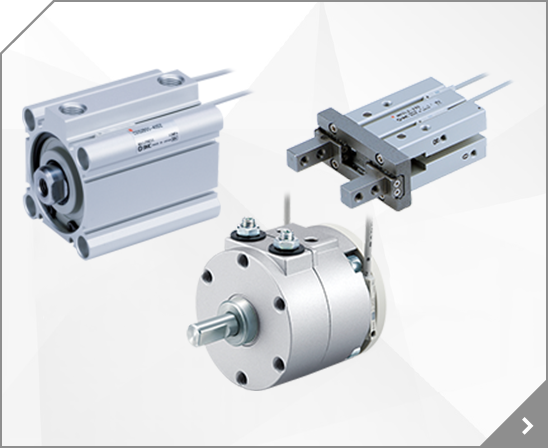
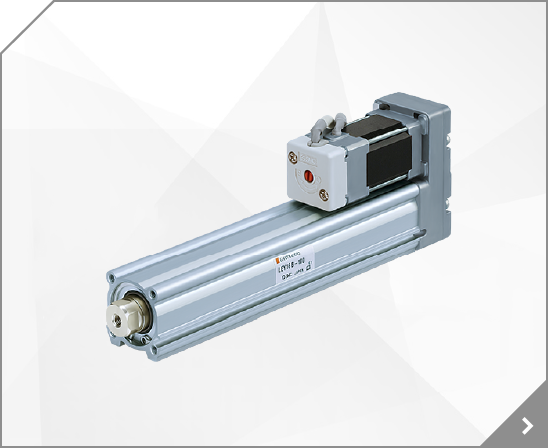
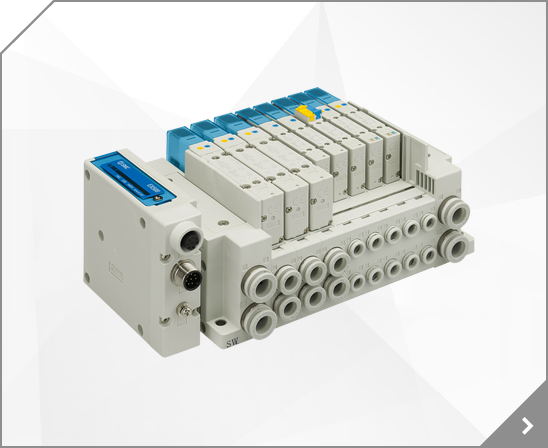
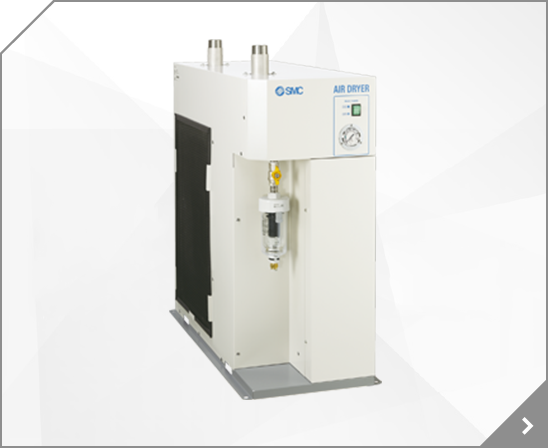
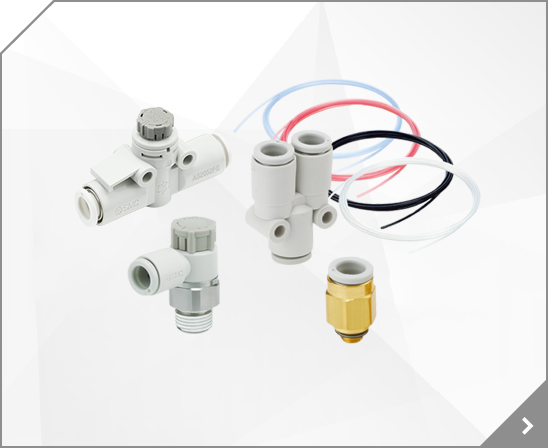

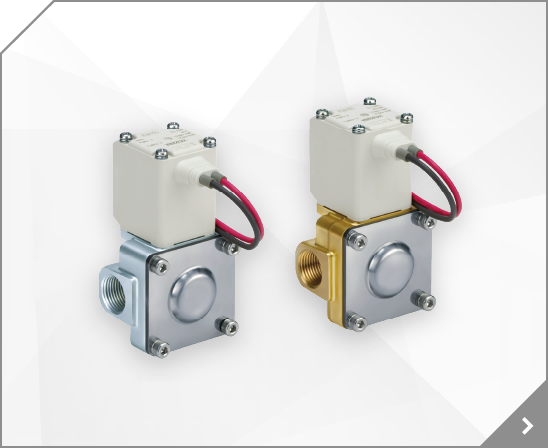
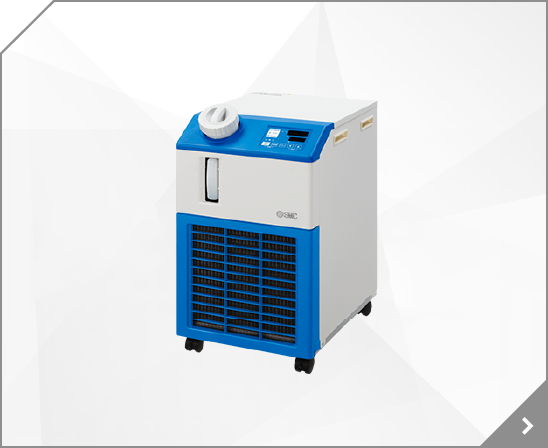
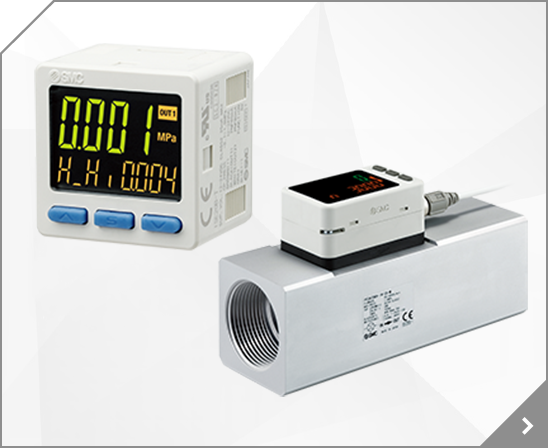
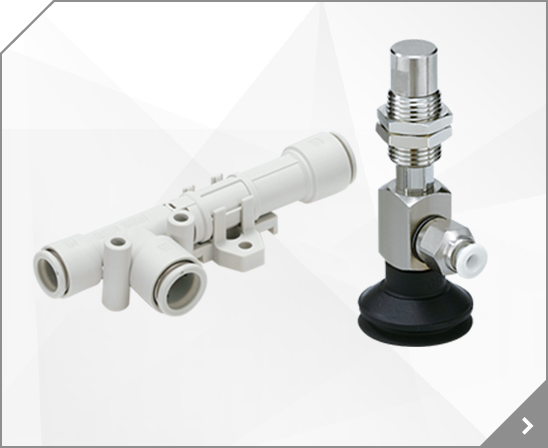

 7ND9071en
7ND9071en